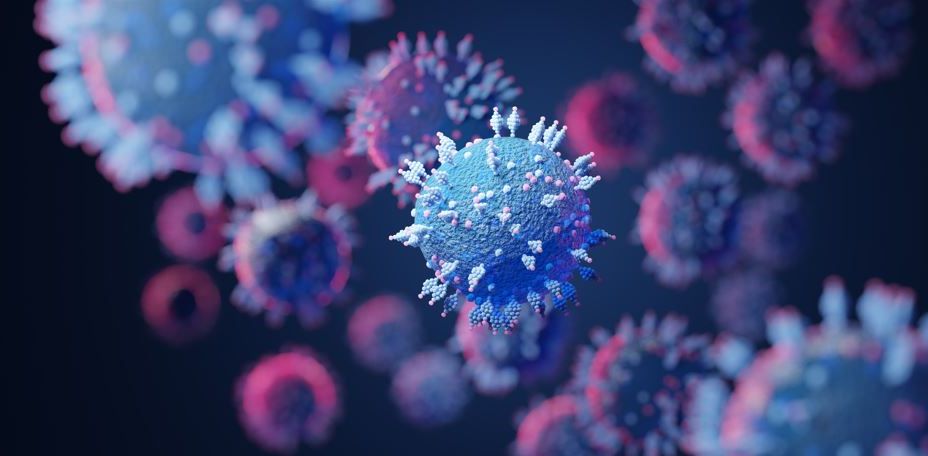- CDC
- Heart Failure
- Cardiovascular Clinical Consult
- Adult Immunization
- Hepatic Disease
- Rare Disorders
- Pediatric Immunization
- Implementing The Topcon Ocular Telehealth Platform
- Weight Management
- Monkeypox
- Guidelines
- Men's Health
- Psychiatry
- Allergy
- Nutrition
- Women's Health
- Cardiology
- Substance Use
- Pediatrics
- Kidney Disease
- Genetics
- Complimentary & Alternative Medicine
- Dermatology
- Endocrinology
- Oral Medicine
- Otorhinolaryngologic Diseases
- Pain
- Gastrointestinal Disorders
- Geriatrics
- Infection
- Musculoskeletal Disorders
- Obesity
- Rheumatology
- Technology
- Cancer
- Nephrology
- Anemia
- Neurology
- Pulmonology
Newer Omicron Subvariants Evade Neutralizing Antibodies from Vaccination and Prior Infection, Says New Research
Findings showed neutralizing antibody responses to BA.4 and BA.5 subvariants were approximately 20-fold lower than to the original WA1/2020 strain.
©Yingyaipumi/AdobeStock

The 3 currently dominant Omicron subvariants in the US— BA.2.12.1, BA.4, and BA.5—substantially escaped neutralizing antibodies induced by both vaccination and infection, according to new data from physician-scientists at Beth Israel Deaconess Medical Center (BIDMC), in Boston.
In a letter published in The New England Journal of Medicine, researchers reported that neutralizing antibody responses to BA.4 and BA.5 were approximately 20-fold lower than to the original WA1/2020 isolate of SARS-CoV-2 and were 3-fold lower than to BA.1 and BA.2.
These findings come as the BA.5 subvariant now accounts for most new COVID-19 cases in the US. According to the Centers for Disease Control and Prevention estimates for the week ending July 2, the BA.5 subvariant accounted for 53.6% of new cases, up from 40.5% the week prior.
Investigators examined neutralizing antibody titers against WA1/2020 as well as Omicron subvariants BA.1, BA.2, BA.2.12.1, and BA.4 or BA.5 in 27 participants who had been vaccinated and boosted with the Pfizer-BioNTech mRNA vaccine and in 27 participants who had been infected with BA.1 or BA.2 a median of 29 days earlier.
Results showed that as compared with the response against WA1/2020, the neutralizing antibody titer was lower by a factor of 6.4 against BA.1, 7.0 against BA.2, 14.1 against BA.2.12.1, and 21.0 against BA.4 or BA.5. Moreover, as compared with the median neutralizing antibody titer against BA.1, the median titer was lower by a factor of 2.2 against BA.2.12.1 and 3.3 against BA.4 or BA.5.
Among individuals infected with BA.1 or BA.2, data showed that as compared with WA1/2020, the median neutralizing antibody titer was lower by a factor of 6.4 against BA.1, 5.8 against BA.2, 9.6 against BA.2.12.1, and 18.7 against BA.4 or BA.5. Also, as compared with the median titers against the BA.1 subvariant, the median titer was lower by a factor of 1.5 against BA.2.12.1 and 2.9 against BA.4 or BA.5.
“Our findings suggest that the Omicron variants have continued to evolve,” senior author Dan H. Barouch, MD, PhD, director of the Center for Vaccine and Virology Research at BIDMC, said in a BIDMC press release. “This has important public health implications and provides the immunologic context for current surges among populations with high rates of vaccinations and previous infection.”
